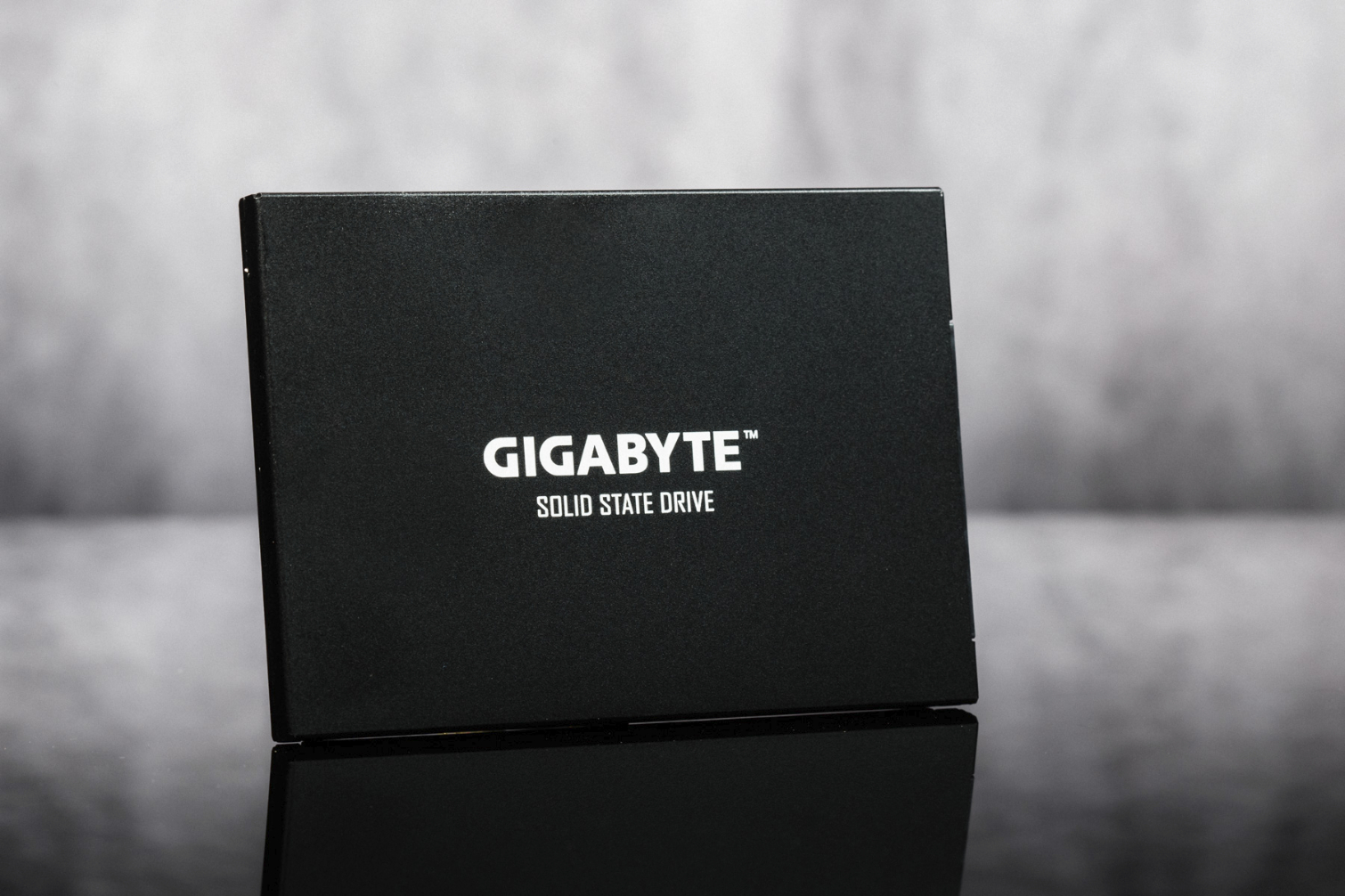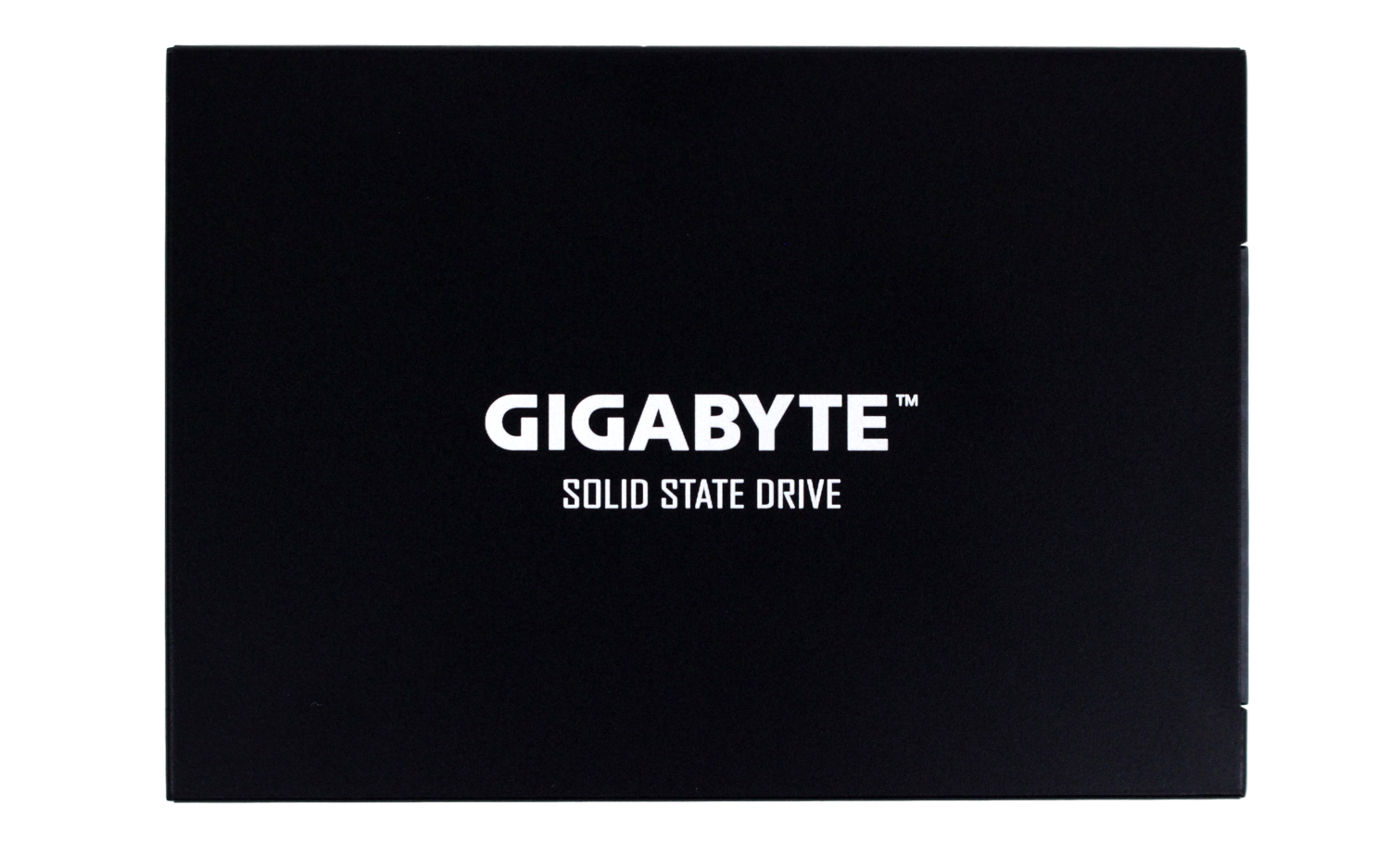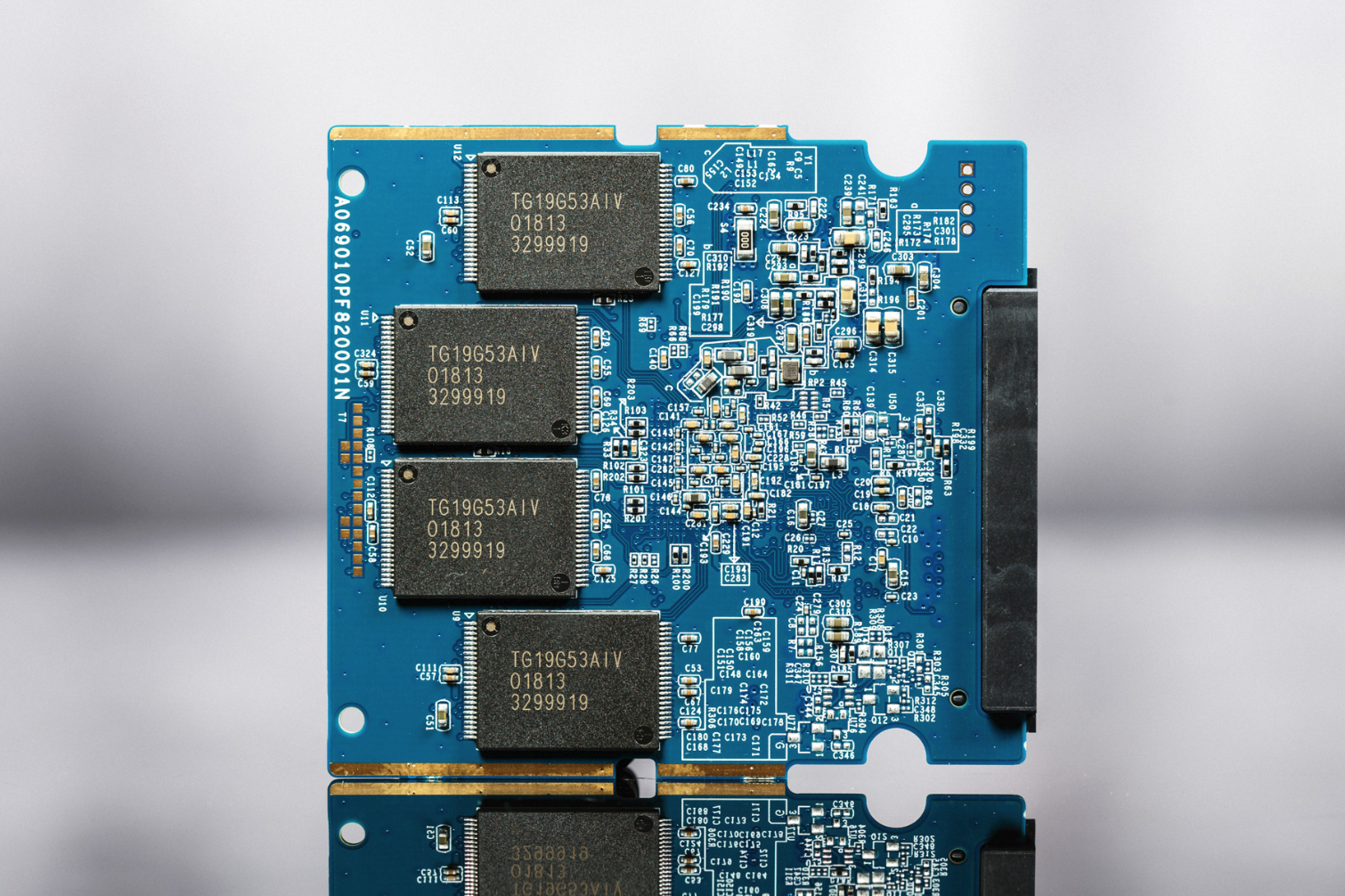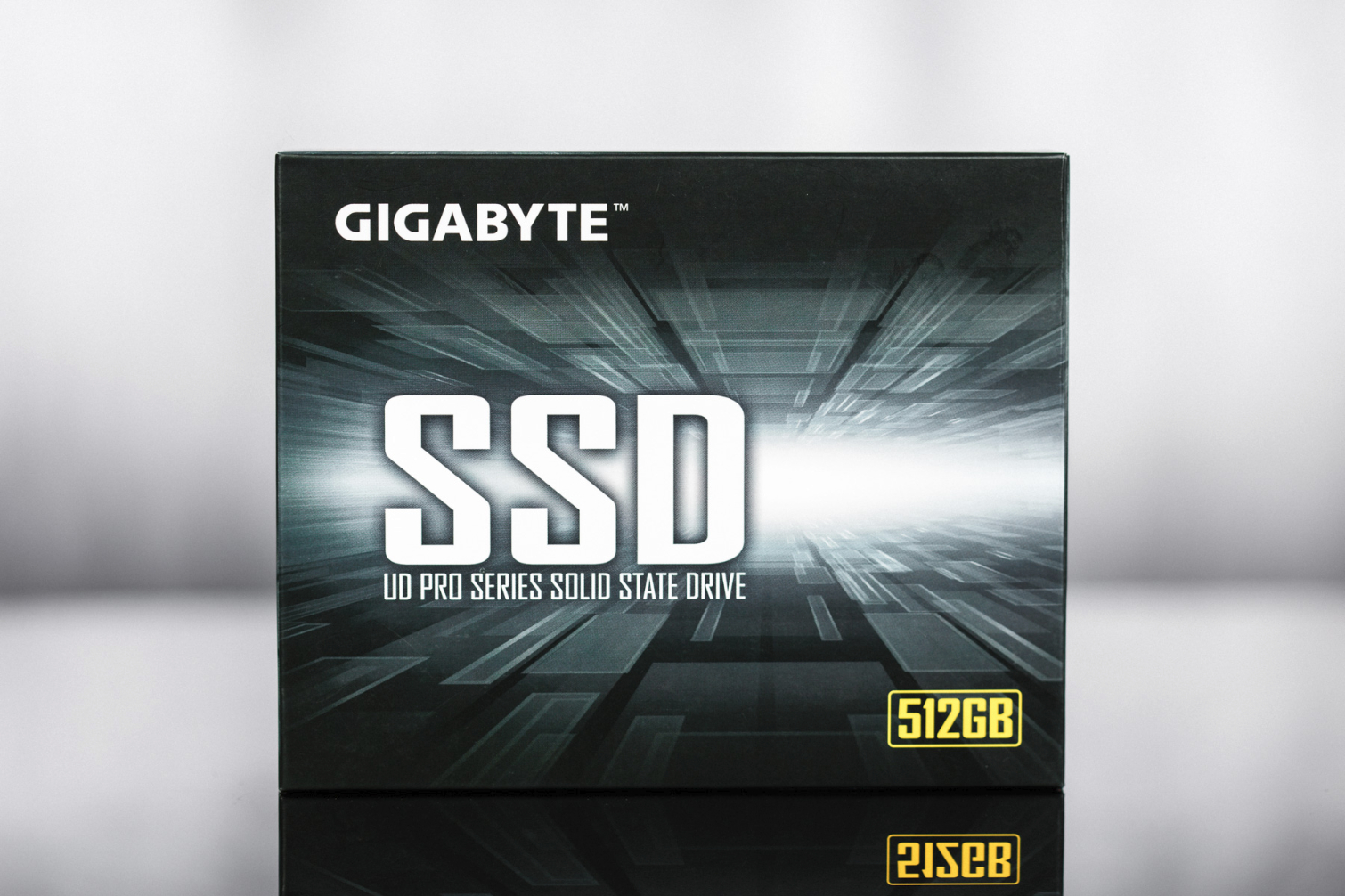Tom's Hardware Verdict
While the UD Pro is a huge upgrade over a mechanical HDD, it’s pricing is similar to SSDs that have a lot more to offer. In our opinion, Gigabyte’s UD Pro at its current pricing offers nothing compelling for the consumer other than the name brand on the sticker.
Pros
- +
Attractive design
- +
Strong sequential burst performance
Cons
- -
Low random performance
- -
Low performance in applications
- -
No supporting software
Why you can trust Tom's Hardware
Gigabyte Joins The SSD Club
Gigabyte is known for its top-quality Ultra Durable motherboards, graphics cards, and recently its premium AORUS gaming brand, but just like other companies, the company is hungry to expand. With the help of Phison, the company developed a new line of UD PRO SATA SSDs in 256GB and 512GB capacities. The UD PRO is another entry-level option to choose from, but our testing of the 512GB capacity revealed that while it delivers better performance than a hard drive, it’s not as good as similarly-priced SATA SSDs and lacks many of the add-on features that are common with value drives.
The new UD PRO takes advantage of the tried-and-true Phison S10 SATA controller paired with Toshiba’s newest BICS3 3D TLC NAND. The controller, which debuted in 2014, may be a blast from the past, but it is still one of the best-performing SATA controllers on the market. From a reliability perspective, the mature S10 controller should put any quality concerns to rest.
Companies that develop their own SSDs from scratch invest tremendous amounts of time and engineering resources in the task. Those without the resources rely heavily on the aid of third-party controller developers, like Phison and Silicon Motion, that provide easy-to-use reference designs and turnkey firmware. With their help, almost any company can now design, manufacture, and launch a new SSD in a timely manner without worrying about potential reliability issues. This has had a tremendous impact on the market and is a large contributor to the commoditization of SATA SSDs.
Many custom PC builders are looking to pair their system with as many matching parts as they can, so an SSD fits into Gigabyte's portfolio nicely. In addition to its motherboards and graphics cards, the company also has RAM, cases, power supplies, coolers, keyboards, mice, and headsets, so stuffing your build with Gigabyte products is easy. It’s almost a one stop shop when building a new PC: just insert your CPU of choice. Gigabyte just needed an SSD line to cover one of the few remaining aspects of a build, and that’s where the UD PRO comes in.
The UD PRO series also opens the door to more marketing options for Gigabyte, like motherboard or graphics cards bundles. That helps build brand equity, but Gigabyte seems to have overlooked a few things on its quest into the SSD market. While the UD PRO is built on reliable components and offers reasonable endurance figures, its price-to-performance ratio hinders the overall value. The tried-and-true quad-core Phison controller offers great performance on paper, but sadly it isn’t so cut and dry. The SSD comes up short when we actually put it to the test, and at its current price, the lack of accessories and a software-based SSD toolbox is hard to ignore.
Specifications
| Capacity (Raw / User) | 512GB / 476GB | 256GB / 238GB |
| Form Factor | 2.5" 7mm | 2.5" 7mm |
| Interface / Protocol | SATA / AHCI | SATA / AHCI |
| Controller | Phison S10 | Phison S10 |
| DRAM | 512MB DDR3 | 256MB DDR3 |
| NAND | Toshiba BiCS3 3D TLC | Toshiba BiCS3 3D TLC |
| Sequential Read | 530 MB/s | 530 MB/s |
| Sequential Write | 500 MB/s | 500 MB/s |
| Random Read | 80,000 IOPS | 70,000 IOPS |
| Random Write | 75,000 IOPS | 40,000 IOPS |
| Encryption | ✗ | ✗ |
| Endurance | 200 TBW | 100 TBW |
| Product Number | GP-GSTFS30512GTTD | GP-GSTFS30256GTTD |
| Warranty | 3-Years Limited | 3-Years Limited |
For now, the UD PRO series comes in just two capacities. The 256GB model retails for $59.99, and the 512GB model goes for $105.99. Both models offer up to 530/500MB/s of sequential read/write throughput. There is a slight catch, however. Gigabyte rates the write speed up to 500MB/s when the workload lands in the SLC cache buffer, but performance dives after the buffer is full. In auxiliary testing, the sequential write performance dropped to just ~270MB/s.
Gigabyte rates the random read/write performance at up to 80K/75K IOPS for the 512GB model, but the smaller 256GB model has pared back specifications. The endurance figures are fairly respectable at 100TBW for the 256GB model and 200TBW for the 512GB model, and the three-year warranty is average for an entry-level product.
Get Tom's Hardware's best news and in-depth reviews, straight to your inbox.
A Closer Look








The Gigabyte UD Pro comes in a slim 2.5-inch 7mm form factor and communicates over the SATA 6Gb/s interface. Per our scale, it also weighs in at a fairly-light 46.9g. The PCB design is a little different than other S10-based drives because the controller isn't mounted at an angle adjacent to the NAND. Speaking of which, there are eight packages of Toshiba’s 64-layer BiCS3 TLC NAND in total, with four emplacements on each side. The controller is complemented by Kingston's DRAM cache rather than the NANYA DRAM that is more commonly paired with Phison controllers.
MORE: Best SSDs
MORE: How We Test HDDs And SSDs
MORE: All SSD Content

Sean is a Contributing Editor at Tom’s Hardware US, covering storage hardware.
-
eien.yozora I'd like to know if this worse than Kingston A400? I can buy the 256gb version for about $46.Reply